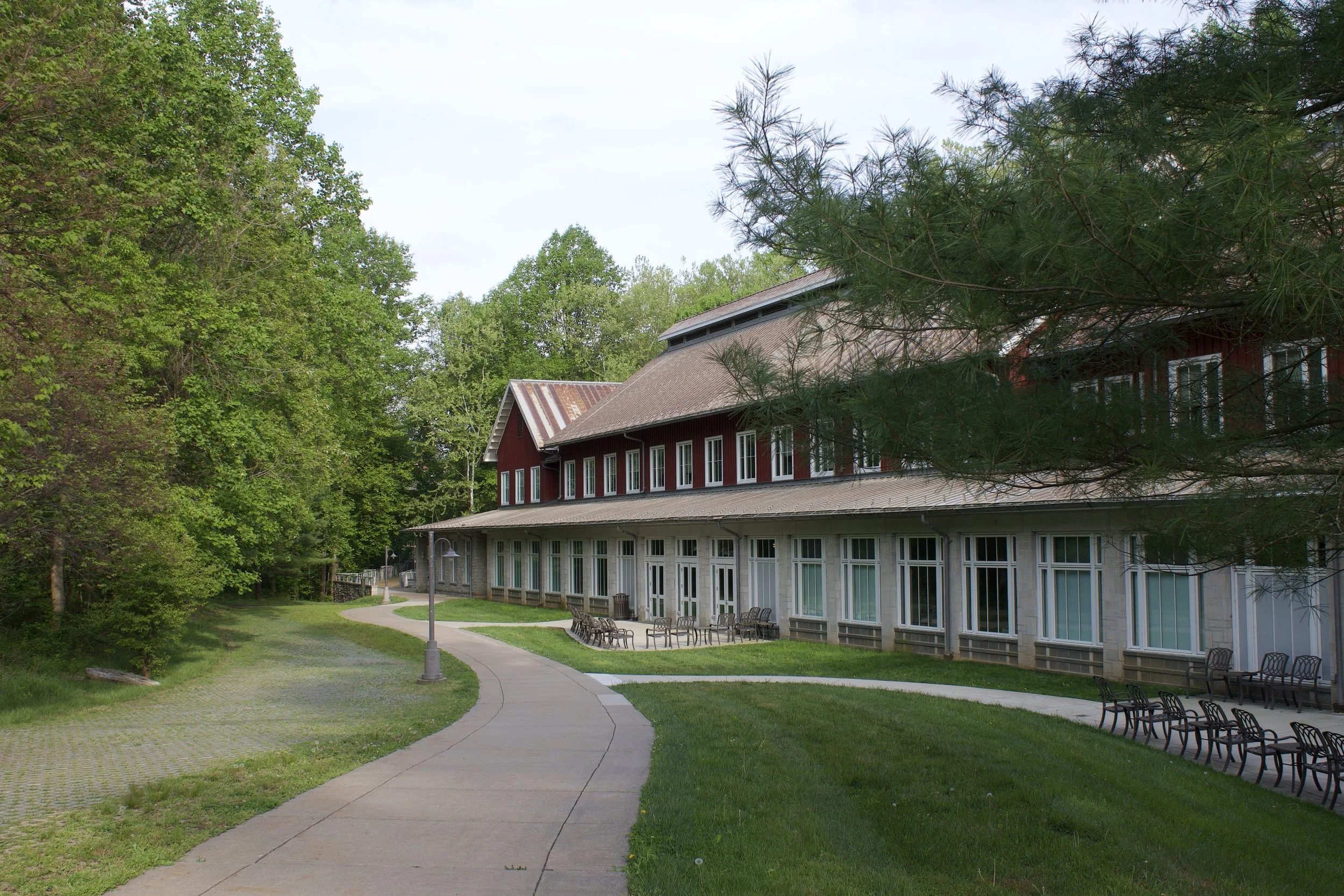Enhancing The National Wildlife Refuge System
For over 45 years, the National Wildlife Refuge Association has worked to enhance the National Wildlife Refuge System whenever and wherever we can. We know it seems odd that a system of such important public lands needs enhancement from a nonprofit, but with the Refuge System facing challenges from inadequate funding to workforce reductions, the National Wildlife Refuge Association plays a vital role in building capacity for national wildlife refuges to improve and adapt.
From building dynamic partnerships to including Marine National Monuments in the National Wildlife Refuge System, to chairing the Cooperative Alliance of Refuge Enhancement (CARE) for the last 15 years, the National Wildlife Refuge Association has provided leadership and support to enhance the National Wildlife Refuge System.
Here are some examples of how we enhance the National Wildlife Refuge System:
On national wildlife refuge lands
We seek increased federal funding so wildlife refuges have the resources needed to control invasive species, adjust to sea-level rise, understand when species are in trouble, and be able to help those species survive.
Since many national wildlife refuges do not have the science capacity they need to carry out their function, the Refuge Association funds and fill many roles in the hope that one day, all refuges will have the proper funding they need for optimal capacity, from endangered species management to visitor services.
Off national wildlife refuge lands
When the National Wildlife Refuge System reaches the funding levels it deserves, the National Wildlife Refuge Association will continue to work beyond the boundaries of national wildlife refuge lands to ensure that conservation efforts surrounding refuges complement and integrate habitats that support wildlife.
For this work, the National Wildlife Refuge Association engages in many partnerships to ensure national wildlife refuges are the core example of healthy habitats and thriving wildlife populations in their communities, and that lands outside the refuge boundaries are managed wisely.
Here are some of the projects we are currently working on to enhance the Refuge System:
Our Caribbean Conservation Coordinator, Jessica Castro-Prieto, is enhancing the nesting habitat for the leatherback sea turtle, a globally endangered species occurring within and beyond the boundaries of national wildlife refuges in Puerto Rico.
Our Conservation Programs, Florida and Gulf Coast Programs Manager, Julie Morris, works with partners to identify lands critical to the health of refuges and the wildlife they protect on and off of national wildlife refuge land. We realize that wildlife doesn’t respect boundaries, and our land protection and restoration work in Everglades Headwaters National Wildlife Refuge and the Caloosahatchee and Charlotte Harbor Watersheds have a direct impact on water quality in Ding Darling National Wildlife Refuge.
The National Wildlife Refuge System is the largest system of public lands in the world that is set aside specifically for conservation, but there’s always room for improvement. We will continue to provide resources, technical assistance, advocacy, and program support to ensure that the Refuge System is funded and staffed at appropriate levels, and that those resources grow as new units are added. There’s a great deal of work to be done, and the National Wildlife Refuge Association is uniquely qualified to take on the challenge

















Something exciting has touched down in Roswell— and this time, it’s not from another planet. The National Wildlife Refuge Association is thrilled to welcome Marianne Kelso as our new biologist at Bitter Lake National Wildlife Refuge (NWR), where she’s bringing her skills, smarts, and species-saving know-how to southeastern New Mexico’s Pecos River watershed.